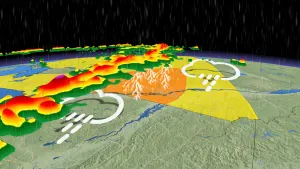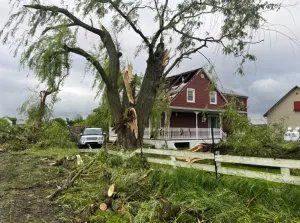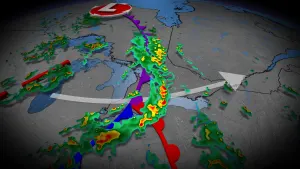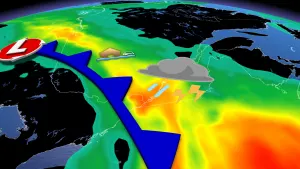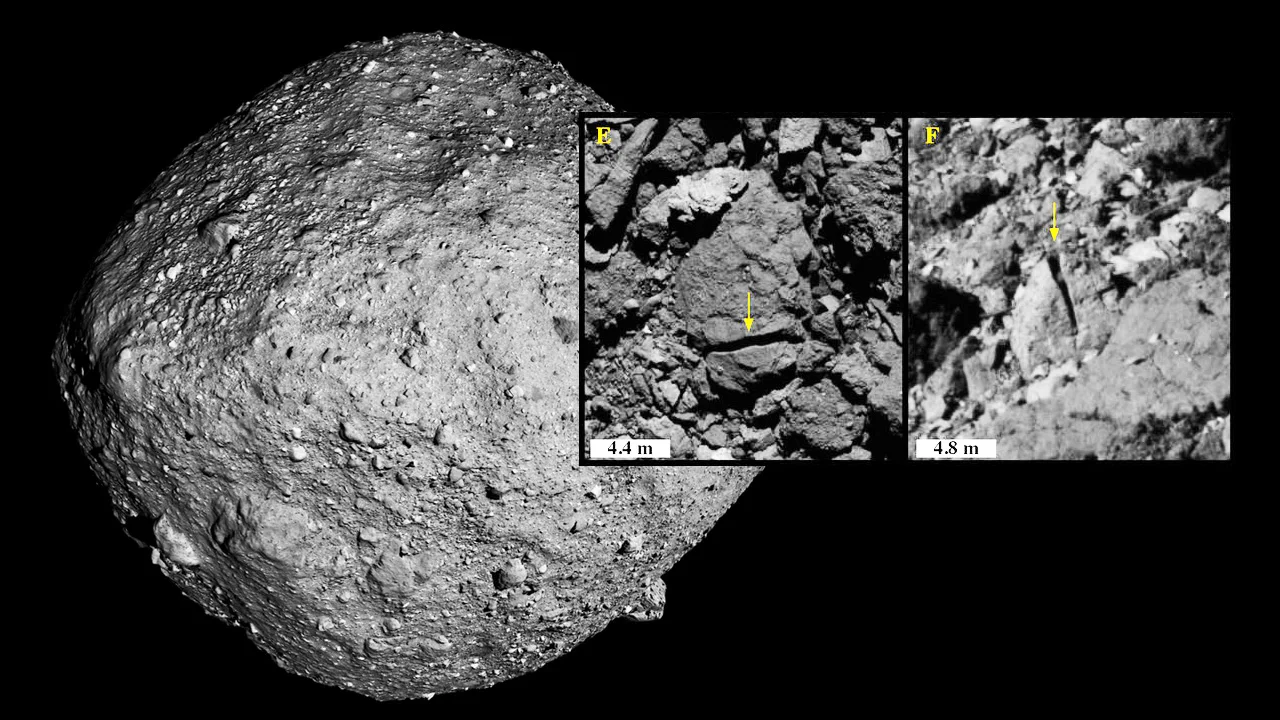
New NASA photos reveal sunlight is breaking boulders on Asteroid Bennu
Blistering heat and frigid cold are wearing down this immense pile of space rubble.
Scientists with NASA's OSIRIS-REx mission just made the first discovery of 'thermal fracturing' on an airless asteroid in space.
Since New Year's Eve 2018, the OSIRIS-REx spacecraft has been orbiting around asteroid Bennu, collecting images and revealing a variety of scientific discoveries about these ancient objects.
The latest discovery from the mission came from a close examination of pictures from the OSIRIS-REx Camera Suite (OCAMS). Taken when the spacecraft passed just 600 meters over the asteroid's surface, these images focus in on boulders jutting out of the asteroid's surface. These boulders, researchers discovered, show evidence of cracks and fractures that pointed to a type of weathering known as 'thermal fracturing'.
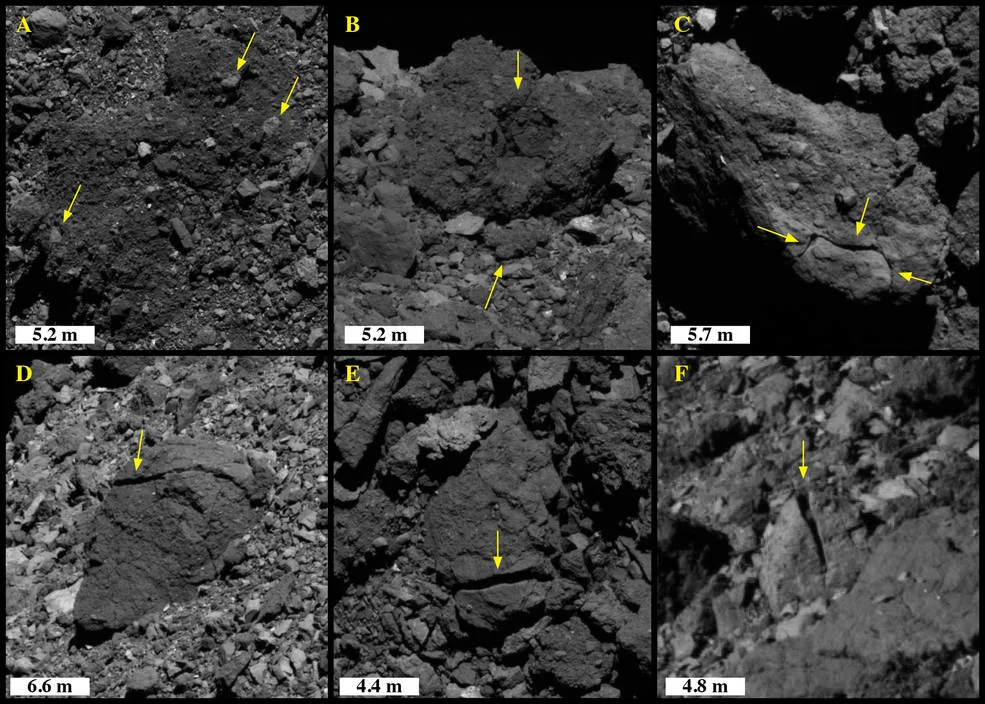
These close-up images from the surface of Bennu show examples of weathering that are linked to thermal fracturing. The top three images show where boulders have broken apart, while the bottom three views show obvious linear cracks in the rocks. Credit: NASA/Goddard/University of Arizona
According to a new study led by Jamie Molaro, a Planetary Scientist with the Planetary Science Institute and NASA's Jet Propulsion Laboratory, thermal fracturing is a process where the repeated heating and cooling of a rock causes cracks to form, widen, and eventually split the rock apart. This type of weathering is common here on Earth, and scientists believed it could be responsible for the breakdown of materials on asteroids and comets. No spacecraft had been able to capture images clear enough to show this, though, until now.
"This is the first time evidence for thermal fracturing has been definitively observed on an object without an atmosphere," Molaro said in a PSI press release.
When depicting an asteroid flying through space, artist impressions and media usually present it as one giant chunk of rock or metal. Bennus is different, though. It is a special type of asteroid that scientists refer to as a 'rubble pile'. Basically, it is a half-kilometre-wide collection of boulders - some several meters wide - with the gaps between those boulders filled in bu rocks, gravel and dust.
In space, with all the separate components held together by mutual gravitational attraction, Bennu appears vaguely diamond-shaped and reasonably solid. Walking on the asteroid's surface, however, would probably feel like standing on a deep layer of packed gravel. If we somehow were able to instantaneously transport Bennu from space to a point just above Earth's surface, it would immediately collapse into a giant pile of rocks.
Watch Below: OSIRIS-REx sees a day go by for 'rubble pile' Bennu
The view of Bennu in the video above captures the asteroid's rotation, as it spins on its axis, once every 4.3 hours. Towards the left-hand side of the view is the 'sub-solar' point on Bennu - the part of the asteroid that is pointed directly towards the Sun. Towards the right-hand side is the terminator from day to night.
As the asteroid rotates, the surface is heated to a blistering 127°C on the day-side. Since Bennu has no atmosphere to retain heat, when those heated parts of the surface rotate out of direct sunlight, the surface temperature plummets down to a frigid -73°C. When a boulder on the asteroid makes each transition from night to day and back to night, its surface temperature rises and falls by 200 degrees, causing it to expand as it traverses the day side, and contract as it crosses the night side.
While the expansion and contraction is very small, it puts stress on the rock structure, and after repeated trips around the asteroid, the rock develops cracks. Over time, the cracks get wider and wider, until the boulder splits apart.
According to Molaro, on Earth, thermal fracturing happens fairly quickly, due to the fact that there is abundant water and an atmosphere. When a rock develops a heat-induced fracture here, air and water get into that crack and chemically react with rock's minerals. This causes the crack to widen, exposing more of the mineral structure to these chemical reactions, which further widens the crack until the rock breaks apart.
On an asteroid, with no air and the only water being locked up in the molecular structure of the minerals, Molaro explained, it wasn't clear if the repeated heating and cooling could cause rocks to fracture, all on its own.
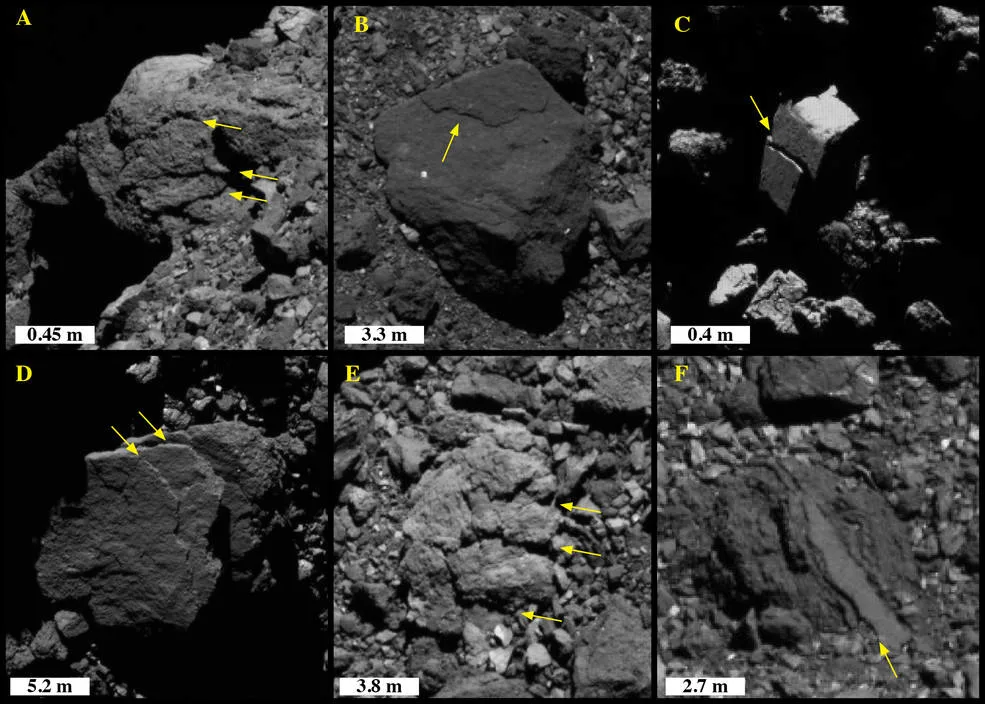
These images show examples of 'exfoliation', where outer layers of boulders have cracked and broken away from the whole. Credits: NASA/Goddard/University of Arizona
"Boulders on Bennu exhibit many possible signs of thermal fracturing, but the clearest is images showing exfoliation, where thin layers of material flake off boulder surfaces," Molaro said. "These findings provide substantive and compelling evidence that thermal fracturing plays an important role on airless body surfaces, which has major implications for understanding the evolution of asteroid surfaces, orbits, and populations."
The question, now, is how quickly this thermal fracturing happens on Bennu (and thus other asteroids).
“How quickly this occurs relative to other weathering processes tells us how quickly the surface has changed," Molaro explained. "It is one piece of a puzzle that tells us what the planetary surface used to be like, and what it will be like millions of years from now. We don't have good constraints yet on breakdown rates from thermal fracturing, but we can get them now that we can actually observe evidence for it for the first time in-situ."







